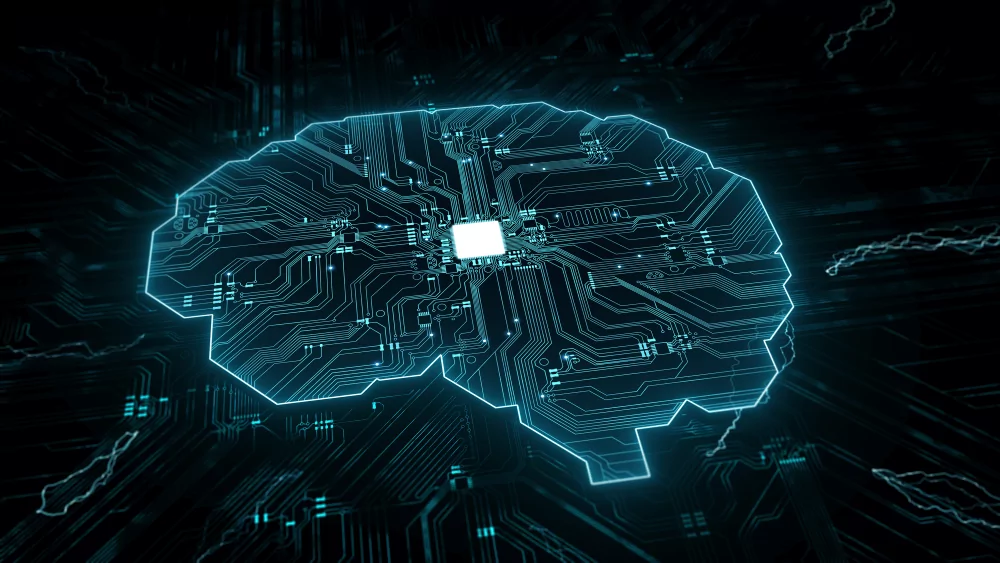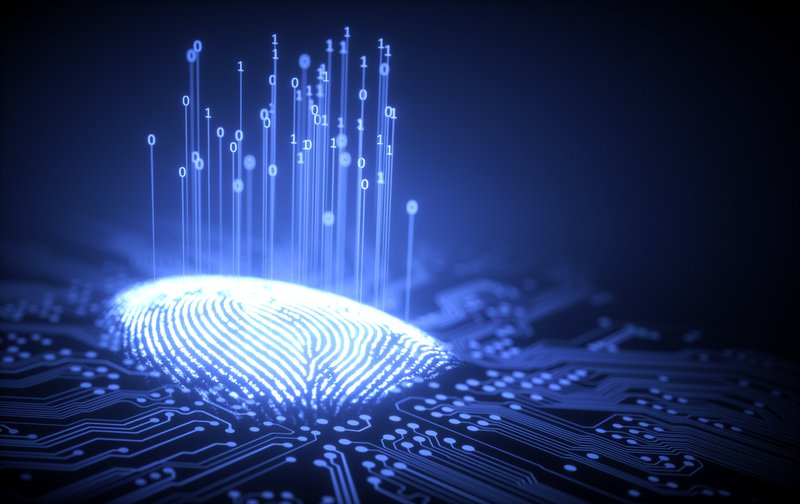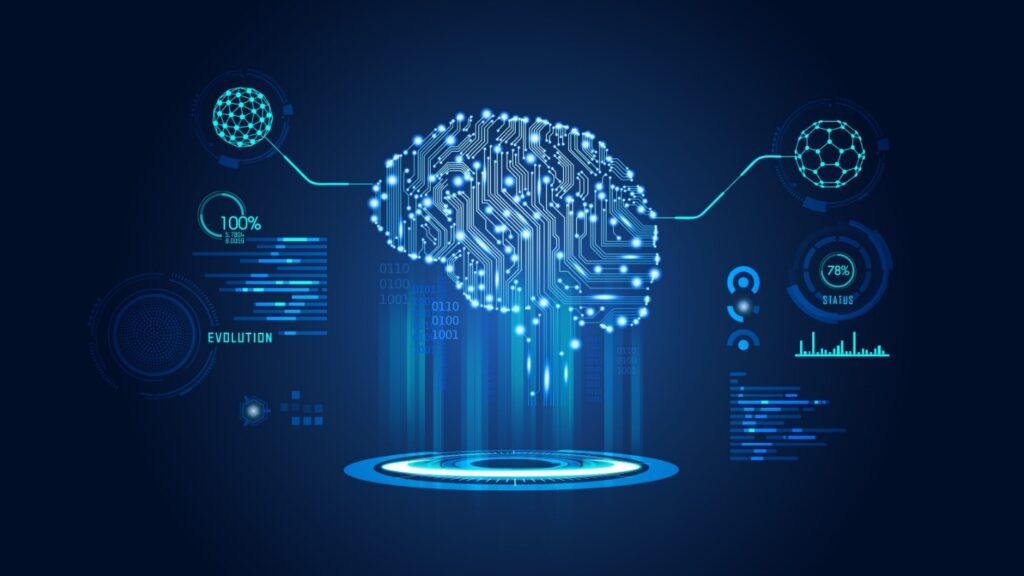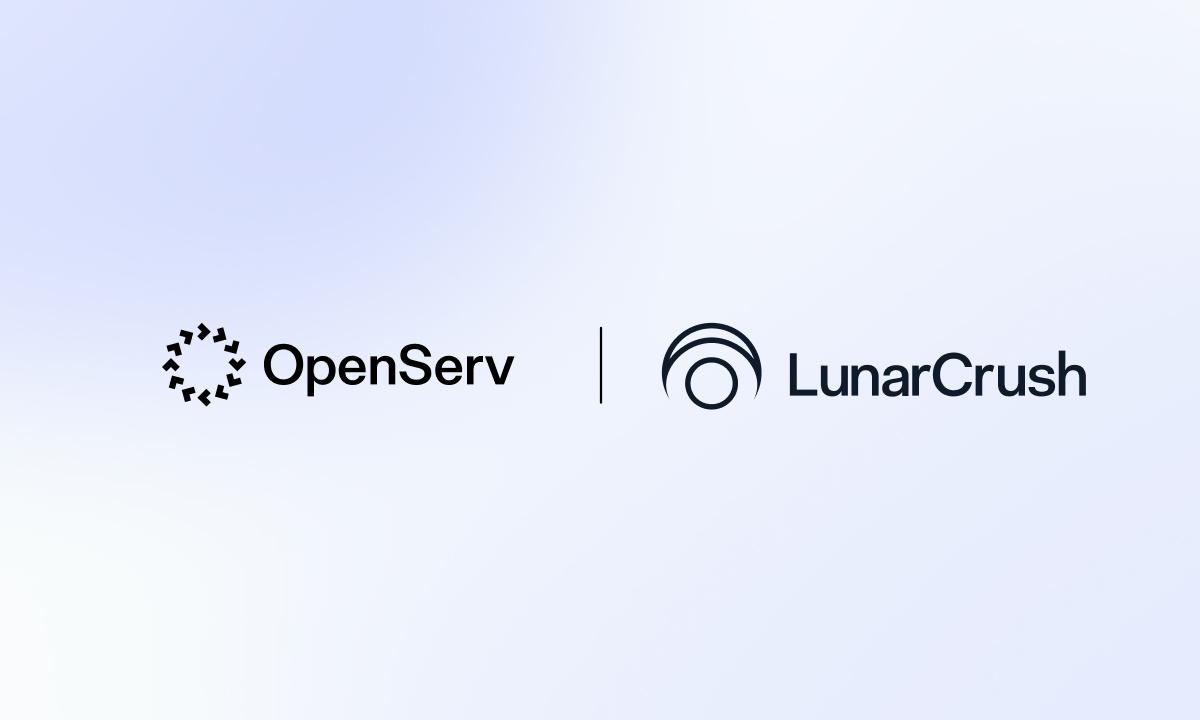Key Points:
- Machine learning has grown in popularity and is now extensively employed in various practical applications. Zero-knowledge proofs have since become a fulcrum for developing zero-knowledge machine learning (ZKML).
- In addition to validity proofs, we may conceal portions of the calculation to allow the privacy-preserving use of ML.
Since 2022, Zero-knowledge (ZK) has remained popular, and its technology has made significant advances, as have the ZK series of projects. Simultaneously, with the popularization of zero-knowledge machine learning (ZKML) and its extensive use in production and everyday life, many companies have started to design, train, and deploy machine learning models.

ZKML is a research and development subject that has lately made waves in cryptography circles. But what exactly is it, and why is it helpful? Let’s learn about this topic with Coincu in this article.
What is zero-knowledge?
A zero-knowledge (ZK) proof is a cryptographic process in which one party, the prover, may demonstrate to another, the verifier, that a particular statement is true without exposing any extra information other than the fact that the statement is true. It is a field of study that has made significant development on a variety of fronts, from research to protocol implementations and applications.
The process by which one party (the prover) may prove to another party (the verifier) that it knows a value of x without giving any information about them knowing the value of x lies at its heart.
The primary goal of Zero-knowledge Proof technology is to maintain the secrecy of input information while still verifying its validity.
Creating zero-knowledge proofs is a computationally costly process that is several times more expensive than the initial calculation. This implies that there are certain calculations for which zero-knowledge proofs are impossible due to the time required to construct them on the greatest hardware available. Yet, recent improvements in cryptography, technology, and distributed systems have made zero-knowledge proofs achievable for ever more expensive calculations. These advances have enabled the development of protocols that may leverage proofs of heavy computations, hence broadening the design space for new applications.
Advantages of ZK
The capacity to employ privacy-preserving datasets in transparent systems such as public blockchain networks is the major advantage of Zero-Knowledge Proof (e.g. Ethereum). While blockchains are intended to be highly transparent, with anyone running their own blockchain node able to view and download all data stored on the ledger, the addition of ZKP technology allows users and companies to leverage their private data sets in the execution of smart contracts without exposing the underlying data.
Maintaining privacy in blockchain networks is critical for conventional organizations like supply chain corporations, enterprises, and banks who wish to communicate and create smart contracts but must retain their trade secret to remain competitive. Furthermore, such organizations are frequently required by law to protect their customers’ personally identifiable information (PII) and to adhere to regulations such as the European Union’s General Data Protection Regulation (GDPR) and the US Health Insurance Portability and Accountability Act (HIPAA).
Although permissioned blockchain networks have evolved to safeguard enterprises’ transaction privacy from public observation, ZKP enables organizations to securely communicate with networks. Without giving up the management of sensitive and private data sets, public blockchain typically benefits from the vast network impact of users all over the globe. As a consequence, ZKP technology is effectively enabling a broad variety of institutional use cases for previously unavailable public blockchain networks, promoting innovation, and fostering global economic growth.

Machine learning
Machine learning is an artificial intelligence discipline that includes the creation and deployment of algorithms that allow computers to learn and adapt to data independently, enhancing their performance via an iterative process that does not need programming. It identifies data using algorithms and models, then utilizes model parameters to generate predictions/decisions.
Large language models, such as GPT-4 and Bard, are cutting-edge natural language processing systems that use massive amounts of training data to produce human-like text, whereas text-to-image models, such as DALL-E 2, Midjourney, and Stable Diffusion, convert textual descriptions into visual representations with remarkable fidelity.
Machine learning is now being used effectively in a variety of sectors. As these models develop, machine learning will be required to do an increasing number of jobs. ZK technology is necessary to achieve a high-accuracy model: employing public model verification of private data or validating private models using public data.
Thus far, the ZKML we’ve discussed is used to provide zero-knowledge proofs of ML model inference stages rather than ML model training.
The importance of ZKML
As artificial intelligence technology progresses, distinguishing between artificial intelligence, human intelligence, and human generation becomes increasingly challenging. This is an issue that zero-knowledge proofs can address. It enables us to detect whether a certain piece of content is created by applying a specific model without giving any additional information about the model or the input.
In a future where AI-generated material increasingly mimics human-created information, the possible use of zero-knowledge cryptography might assist us in determining that a certain piece of content was produced by applying a specific model to a given input. If a zero-knowledge circuit representation is built for them, this might give a technique of checking outputs from huge language models like GPT4, text-to-image models like DALL-E 2, or any other models. The zero-knowledge quality of these proofs allows us to conceal sections of the input or the model if necessary. A excellent example of this would be using a machine learning model on sensitive data and allowing the user to know the outcome of model inference on their data without disclosing their input to any third party.
Older machine learning platforms often ask developers to submit their model architectures for performance verification to the host. This may lead to a number of issues, including:
- Intellectual Property Loss: Disclosing the whole model architecture may reveal important trade secrets or inventions that developers would like to keep hidden.
- Lack of transparency: The assessment method may be opaque, and participants may be unable to check how their model compares to others.
- Concerns with data privacy: Sharing models trained on sensitive data may unintentionally divulge information about the underlying data, infringing on privacy standards and legislation.
- These difficulties have necessitated the development of methods to secure the privacy of machine learning models and their training data.
ZK presents a potential way to addressing the issues that standard ML systems confront. ZKML, by using the power of ZK, delivers a privacy-preserving solution with the following benefits:
- Model Privacy: Developers may take part in validation without revealing the whole model architecture, preserving their intellectual property.
- Transparent verification: ZK can evaluate model performance without disclosing the model’s internals, allowing for a transparent and trustless assessment procedure.
- Data privacy: To guarantee that sensitive information is not disclosed, ZK may be used to validate private data using public models or private models using public data.
- Incorporating ZK into the ML process creates a safe and privacy-preserving platform that tackles conventional ML’s shortcomings. This not only encourages the use of machine learning in the privacy company, but it also draws experienced Web2 developers to investigate the potential inside the Web3 ecosystem.
Zkonduit’s ezkl library, which enables you to construct ZK proofs of ML models exported via ONNX, is another endeavor striving to improve the state of the art of ZKML systems. This allows any ML engineer to generate ZK proofs of their models’ inference steps and prove the result to any verifier.

Conclusion
The ZKML community was founded in the second half of 2022 by a number of different teams and people working in the ZKML area (including Worldcoin).
Many organizations are striving to improve ZK technology by developing optimized hardware to accelerate ZK proof computation, especially for resource-intensive operations like the prover and verifier algorithms. Because of advancements in specialized hardware, proof system design (proof size, verification time, proof generation time, etc.) and more performant ZK protocol implementations, it will be able to prove larger models on less powerful computers in less time as ZK technology advances.
ZKML is still in its early stages of development, but it has started to provide significant benefits, and we can expect to see more inventive ZKML applications on the chain. We can imagine a future where privacy-preserving machine learning becomes the standard as ZKML evolves.
DISCLAIMER: The information on this website is provided as general market commentary and does not constitute investment advice. We encourage you to do your own research before investing.
Join us to keep track of news: https://linktr.ee/coincu
Harold
Coincu News















